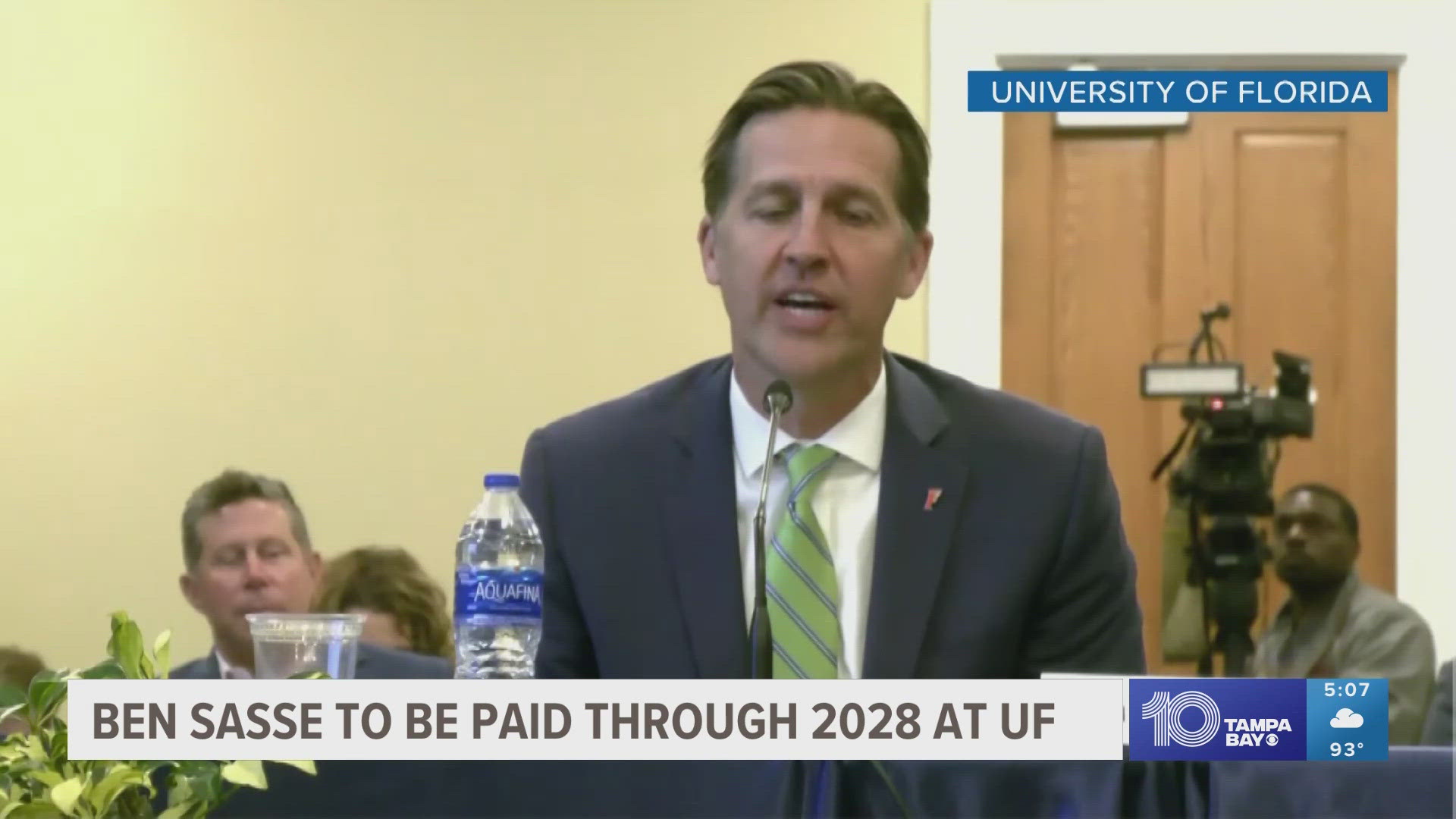CAPE CANAVERAL, Fla. -- For the sixth time, SpaceX on Tuesday will attempt to launch a Falcon 9 rocket whose first stage has already launched a mission to space.
The so-called “flight proven” Falcon booster earned its wings last May with the launch of a classified U.S. intelligence mission from Kennedy Space Center.
The rocket’s second liftoff, this time from Launch Complex 40 on Cape Canaveral Air Force Station, is targeted for 4:25 p.m. Tuesday, at the opening of a more than two-hour window.
No booster landing will be attempted.
The launch forecast is iffy, with a 40 percent chance of acceptable weather. Gusting winds could pose a problem.
The passenger Tuesday is GovSat-1, the product of a public-private partnership between the government of Luxembourg and Luxembourg-headquartered SES, one of the world’s largest operators of commercial satellites.
Weighing roughly 9,300 pounds at liftoff, the satellite built by Orbital ATK is described as “a new concept in secure communications for governments and institutions.”
From a perch 22,300 miles above Central Africa, the spacecraft will cover an area spanning from the Atlantic Ocean to the Indian Ocean.
Some frequencies will be reserved for military use, others for military or civil security needs. Operations supported could include communications links with troops in the field, drone surveillance or border patrol in the Mediterranean Sea. Anti-jamming and encryption capabilities offer added security.
The mission is SpaceX’s second of potentially more than 20 this year. It's the second in less than a week for SES, which last Thursday launched its SES-14 satellite on an Ariane 5 rocket.
SES was the first company to take a chance launching on a used Falcon 9 rocket — what SpaceX prefers to call “flight proven” — with the launch of SES-10 last March.
The partners teamed up again last October for another launch on a previously flown Falcon 9.
Both those rockets had first launched cargo on its way to the International Space Station. The booster now set for flight, after test-firing its main engines last Friday, helped deliver a National Reconnaissance Office payload to orbit nearly nine months ago.
In all, SpaceX re-launched five Falcon rockets last year, advancing CEO Elon Musk's goal to develop reusable rockets that could make spaceflight — including trips to the moon or Mars — less expensive.
Although SpaceX in the past has landed boosters flying this type of mission on a ship in the ocean, it will not try to recover this one.
It's an older model booster only designed to fly twice. An upgraded version expected to start flying in the first quarter of the year, known as Block 5, is said to be capable of 10 or more flights with refurbishment.
If the launch does not go off Tuesday, another attempt is possible around the same time Wednesday, when weather forecast improves to a 90 percent chance of favorable conditions.
After the GovSat-1 mission, the spotlight will shift to SpaceX’s debut launch — as soon as Feb. 6 from KSC — of the Falcon Heavy rocket, which with more than 5 million pounds of thrust is poised to become the most powerful rocket available today.


